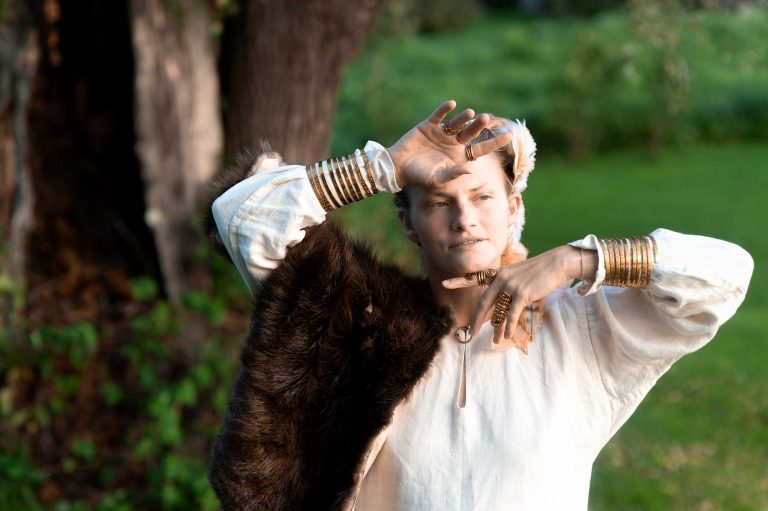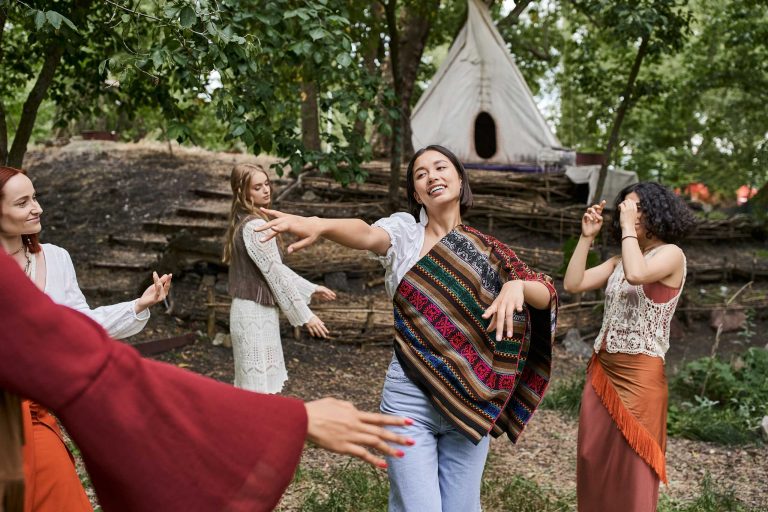Irish dance isn’t just about the steps—it’s also a feast for the eyes. The costumes, shoes, and accessories all play a vital role in expressing the culture and spirit behind every performance.
The Magic of Hard and Soft Shoes
Irish dancers use two main types of shoes, each creating a distinct sound and style:
- Soft Shoes (Ghills)
These lightweight shoes allow for graceful, flowing movements. The soft shoes emphasize lightness and agility—think of them as the ballet slippers of Irish dance. They are used in dances like the reel and jig, where smooth footwork and quick foot taps are essential. - Hard Shoes (Heavy Shoes)
These shoes have fiberglass tips and heels, creating rhythmic clicking sounds that act like percussion instruments. Hard shoe dances are powerful and energetic, showcasing precision and strength. The sharp sounds complement lively tunes and add drama to performances.
Together, the contrast between soft and hard shoe dances keeps the art form dynamic and exciting.
Costumes That Tell a Story
Traditional Irish dance costumes are bright, intricate, and deeply symbolic. Designs often incorporate Celtic knots, symbols from Irish mythology, and patterns inspired by ancient manuscripts.
For competitive dancers, costumes have evolved to become even more elaborate, with sparkling embroidery and detailed stitching. Whether handmade or modern, the costume honors the heritage and pride of Irish dance.
The Role of Accessories
From the perfect curl in a dancer’s wig to the vibrant socks and tights, every detail enhances the overall presentation. Accessories aren’t just decorative—they help convey the character and energy of the dance.
For example, curlers in the hair create the classic bouncy look often seen in competitions, adding to the lively and youthful spirit.
Why Appearance Matters
While technique is king, the visual impact of costumes and shoes helps tell the full story. The combination of precise movements with stunning visuals captivates audiences and celebrates the richness of Celtic culture.



